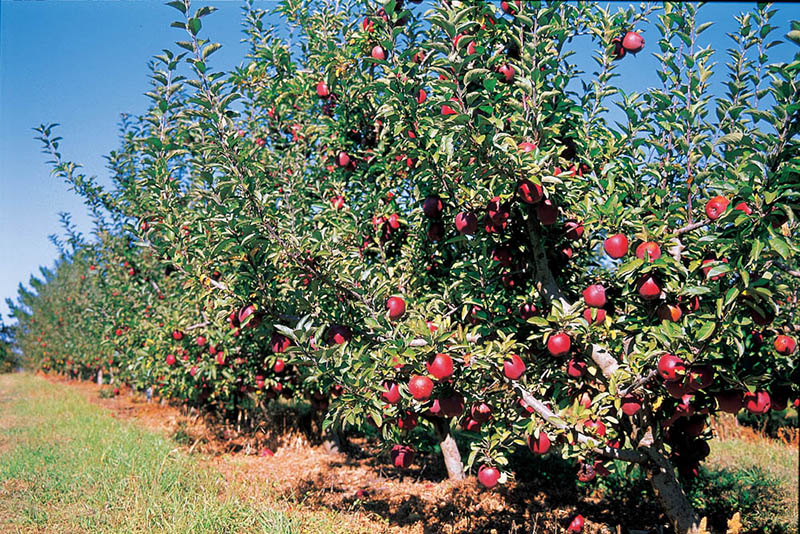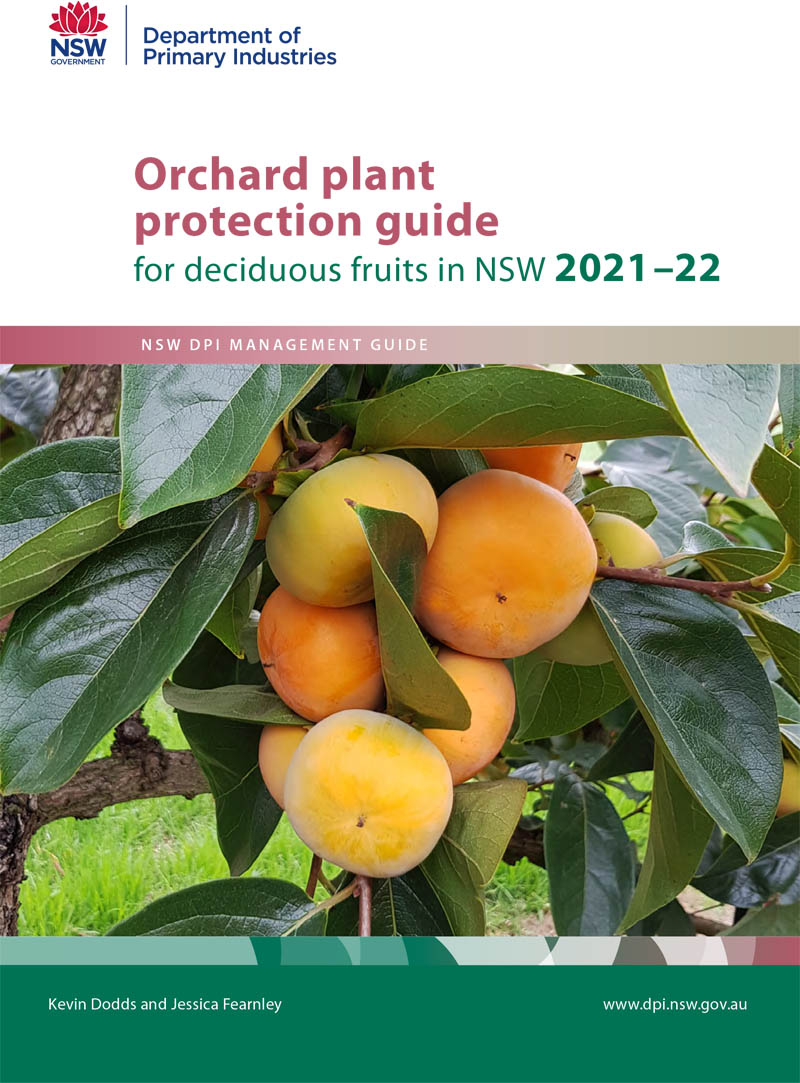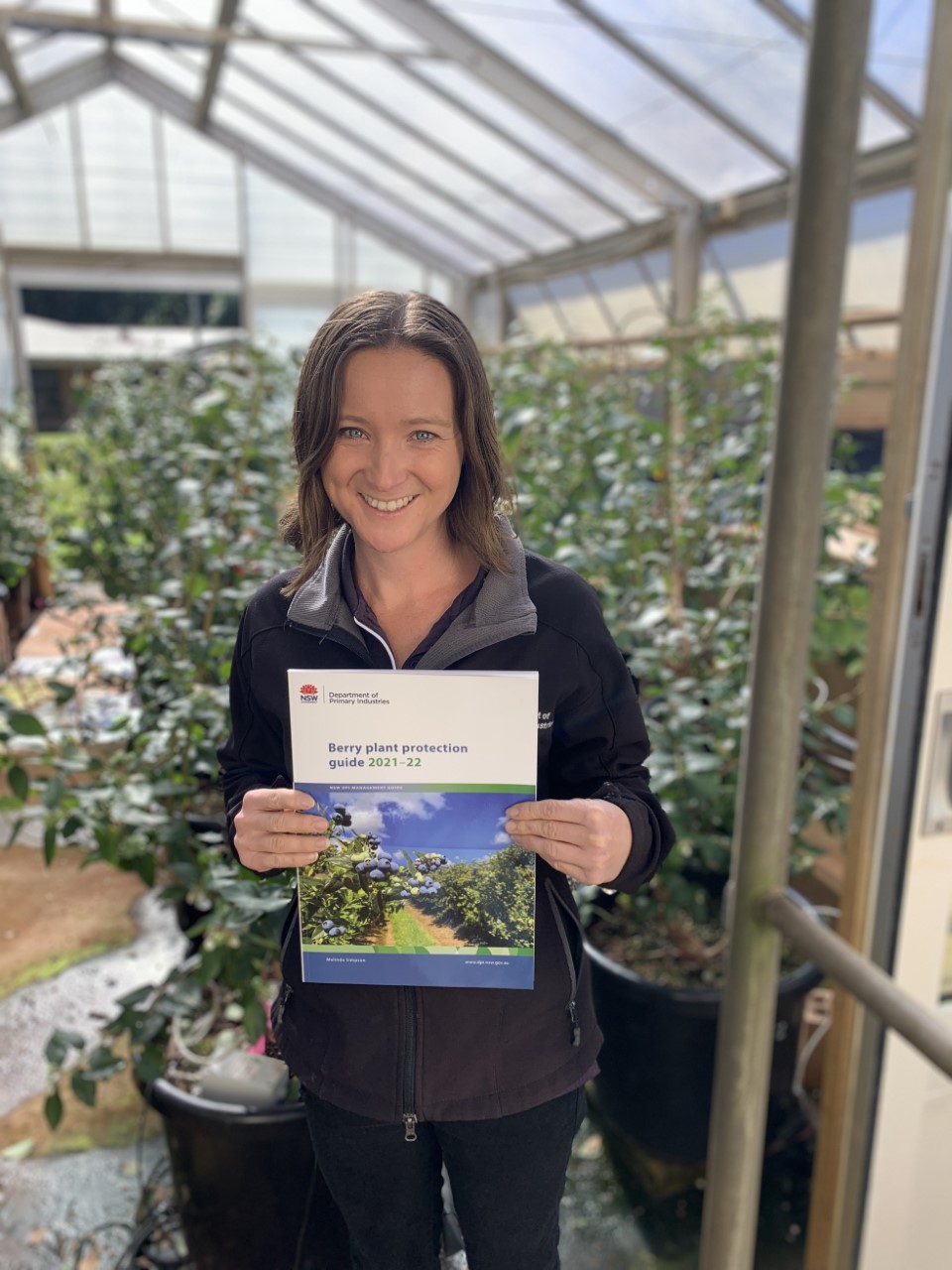The outlook for fruit and vegetable demand remains positive with renewed consumer interest in fresh fruit and vegetables in diets, and as economies reopen and income growth within export markets including east and south east Asian countries resumes.
- GVP $2,031 million est. Unchanged yoy.
- Area dedicated to horticultural industries totaled 92,430 ha in 2019-20, 9% lower yoy.
- Berry production valued at $258 million in 2019-20.
Production
Horticulture output by value, 2019-20 u
-
Nurseries, Cut Flowers & Turf
- Nurseries
- Cultivated turf
- Cut flowers
-
Vegetables
- Mushrooms
- Melons
- Potatoes
- Other vegetables
-
Fruit
- Oranges
- Table grapes
- Apples
- Other Fruit (Excl. wine grapes)
-
Nuts
- Macadamias
- Almonds
- Other nuts
Several factors impacted the horticultural industries in 2020-21 the Covid-19 pandemic which has altered consumer behaviour, disrupted market access and limited the availability of labour necessary to complete crop management and harvest functions. Additionally, the carryover impacts of drought and bushfires in 2019-20 on perennial crops, especially orchards, in some areas of the state, continue to be felt.
Labour shortages remain a concern for horticultural industries as a result of the Covid-19 pandemic. An estimated 6% of horticulture’s casual labour requirements are met from Australian or permanent residents, with the majority drawn from seasonal worker and working holiday visa holders. Most of the demand for casual labour is for fruit production, accounting for an estimated 85% of horticulture’s casual labour over the period July 2020 to December 2021. 102 Fruit is generally reliant on manual harvesting with few currently viable automated alternatives. 7 For NSW horticulture industries, the most vulnerable to labour shortages include blueberries, table grapes and citrus fruits. 102
Following the price increases observed over the recent drought years, the consumer price index for vegetables remained almost unchanged over 2020-21, down 0.1% nationally year-on-year to June 2021 and increased marginally by 0.5% in Sydney. In contrast over the same 12-month period to June 2021, the consumer price index for fruit increased by 6.0% nationally and by 4.4% in Sydney. 19 Along with the lingering impacts of the drought on many perennial fruit crops, the greater dependency on casual labour for fruit harvesting compared to vegetable production likely contributed to the higher consumer prices for fruit in 2020-21.
The value of horticultural exports decreased in 2020-21 to total $288.3 million, 38% lower than in 2019-20. Disruptions to international trade created by the Covid-19 pandemic contributed to this outcome. Large decreases in the value of exports to principal markets included China accounting for horticultural exports of $58.7 million in 2020-21, 54% lower year-on-year; Japan $35.6 million, a decrease of 30%; Vietnam 79% lower to $6 million; and the United States decreasing 56% from 2019-20 to total $11.1 million in 2020-21. The value of exports to Hong Kong totalling $23.3 million in 2020-21 was 2% higher over 2019-20. For comparison, national exports of horticultural products in 2020-21 were also lower year-on-year, decreasing 12%. 128
Nuts
Exports of nuts in 2020-21 were valued at $86.8 million, a 63% decrease on the previous year. The major export destinations by value included China with exports valued at $25.4 million and Japan $22.2 million, representing 29% and 26% of the share of total nut exports by value respectively. 128 Exports were impacted by the Covid-19 pandemic causing supply chain disruptions, and changes in consumer purchasing patterns, with snack products decreasing as a result of travel, hospitality and leisure restrictions globally. 33 141
Macadamia production in NSW has remained flat with production decreasing marginally by 3% between 2016-17 and 2019-20 131 , while greenfield plantings in recent years has increased potential production in the Richmond and Clarence Valley regions of NSW. 32 The average tree age in Northern Rivers and Mid North Coast regions in 2019 was 24 years and 20 years respectively, compared to the average tree age nationally of 19 years. 168 An estimated one third of trees planted nationally are yet to reach full production. 32
Macadamia production in NSW has remained flat with production decreasing marginally by 3% between 2016-17 and 2019-20 131 , while a surge in greenfield plantings in recent years has increased potential production in the Richmond and Clarence Valley regions of NSW. 32 The average tree age in Northern Rivers region and Mid North Coast region of NSW was 24 years and 20 years respectively compared to the average tree age nationally of 19 years. 168 An estimated one third of trees planted nationally are yet to reach full production. 32
Global macadamia production was 60,057 metric tonnes (kernel weight equivalent) in 2019-20, with South Africa responsible for 29% share of production followed by Australia with 22% share. Average annual growth over a ten-year period to 2019-20 was 3,459 tonnes per year. 140 Sustained supply growth may provide further opportunities for the use of macadamia products in food ingredients markets. Currently an estimated 30% of Australian kernel usage is directed to ingredients markets while the majority share by volume is used in snack markets with the remainder utilised in food service. 32
NSW almond production was 26,664 tonnes (kernel weight equivalent) in 2019-20 a 7% increase year-on-year, and represented 25% of national production. 132 NSW plantings of 5.33 million trees accounted for 35% of the national tree inventory in 2019-20 with production valued at $110.2m in 2019-20. 1 17 Production continues to grow as previous tree plantings reach bearing age and tree maturity.
NSW almond exports increased 13% in quantity terms but decreased 35% in value terms. Nationally, almond exports were valued at $545 million in 2020-21, down 16% due to Covid-19 disruptions to trade, while in volume terms exports increased 30% to 96,400 tonnes year-on-year. China and India remain the major export destinations for Australian almonds accounting for 39% and 17% of the share by value in 2020-21. 128
Growth in tree nut production by weight t u
- NSW 2016-17
- NSW 2019-20
KWE = Kernel Weight Equivalent, ISWE = In-Shell Weight Equivalent
Tonnes values are Kernel Weight Equivalent (KWE)
Global Almond Outlook
World production and consumption of almonds
- United States
- European Union
- Australia
- China
- Turkey
- Other
- Consumption
The outlook for global supply is to increase by 3% in 2021-22, however severe drought conditions in California may limit production in the United States. At the same time, global demand for almonds is anticipated to increase by 12% in 2021-22 year as the Covid-19 pandemic impacts on markets recede. 141 Continued consumer interest in the perceived health benefits of almond products in snacks, ingredients, and in dairy substitutes, is expected to support demand. 141
Fruit
Exports of fruit by value were down 11% year-on-year in 2020-21 to total $95.1 million, with East Asia and South East Asia countries accounting for 77% of these exports by value. Citrus exports, predominantly oranges, to China and Hong Kong totalled $13.8 and $6.3 million respectively in 2020-21, while citrus exports to Japan were valued at $7.9 million. These three markets represented 51% of citrus exports by value in 2020-21. Orange exports worth $48.3 million in 2020-21 were 8% lower than the 2019-20. 128
Berry production has the highest gross value of the fruits grown and predominantly supplies domestic markets. However, the industry is targeting exports, with the value of exports increasing 7% to $7.4 million in 2020-21 over 2019-20. 130 128 While the quantity exported for the year decreased by 20% to 530.5 tonnes over the 2019-20 year, the per unit price of exports increased by an average of 33% year-on year. The two major export markets for berries were Hong Kong, taking 63% of export by value, and Singapore accounting for 25% of exports by value for 2020-21. 128 In terms of export competition, berries such as blueberries are grown counter-seasonally in NSW for exporting to the northern hemisphere, however they do compete with South American countries such as Chile, Peru and Argentina in Asian markets. 118
Vegetables
Vegetable exports totalled $33.6 million in 2020-21, a 3% increase over the previous year. Major export destinations included Singapore, South Korea, Hong Kong and the United States. Melon exports decreased by 33% to 2,316 tonnes in 2020-21 compared to 2019-20, however the value of exports decreased by a smaller 26% year-on-year to $5.4 million, a result of an 11% increase in the average export price per unit. Singapore remained the major destination taking 49% of total melon exports by volume and 43% by value, while exports to the United Arab Emirates represented 26% by value and volume. Potato exports to South Korea totalled $6.4 million, representing 78% of the total value of potato exports. 128
Nurseries, Turf and Cut Flowers
The value of turf production was estimated at $115 million in 2019-20, a 9% decrease on the prior year, produced from 2,089 hectares, a 10% reduction in the area used for turf production in 2018-19. 17 18 In 2019-20 the amount of turf produced in NSW was estimated at 11.7 million square metres, a 3% decrease from 2018-19. 131 132 With drought conditions generally easing over eastern Australia in 2020, watering restrictions in many residential regions have eased resulting in increased demand for turf. 201 Demand has also been influenced by the Covid -19 pandemic which has been attributed with increased interest in consumers undertaking home improvements. 201

Cut flower production totalled $27.6 million in 2019-20, a substantial 57% decrease on the previous year compared to a national decline of only 11%. Consistent with the decrease in the value of production, the area used for cut flower production decreased by 61% from 2018-19 to 609 ha. This decrease in production occurred for both undercover production systems, down 43% in area to 62 ha, and outdoor production which was 62% lower to 547 ha, compared to 2018-19. 17 18 Producers continue to adjust to flower imports, as well as to changes in the cut flower value chain, including a shift by consumers to supermarket purchasing of flower bunches, and growing demand from online flower retail stores. Producers have focussed on highlighting Australian origin flowers to consumers, while some producers have adapted their business by growing various varieties on their farms while also importing these same varieties out of season, to maintain consistent supply to customers. 135 107
Imports of cut flowers totalled $35.5 million in 2020-21, a 29% increase over the previous year, this is despite disrupted international transport, a consequence of the pandemic. 128 135 Imports in 2020-21 were derived principally from China, which represented a 38% share of imports by value, a 257% increase over 2019-20. Other major countries by share of the value of imports included Colombia 19%, Kenya 16% and Ecuador with 13% in 2020-21. 128 Low labour costs in these countries has provided a competitive advantage compared to domestic production. 107 At the same time, exports of cut flowers remains a minor market for NSW growers and was valued at A$0.15 million in 2020-21, with Japan the dominant destination. 128
Outlook

In terms of supply, increased water availability in irrigation areas provides further security for horticultural producers and supports a positive outlook for increased horticultural production in the year ahead. Aside from seasonal conditions, growth in horticultural production will also be particularly dependent upon improved access to seasonal labour and supply chain functioning for trade coming out of the global pandemic setting.




